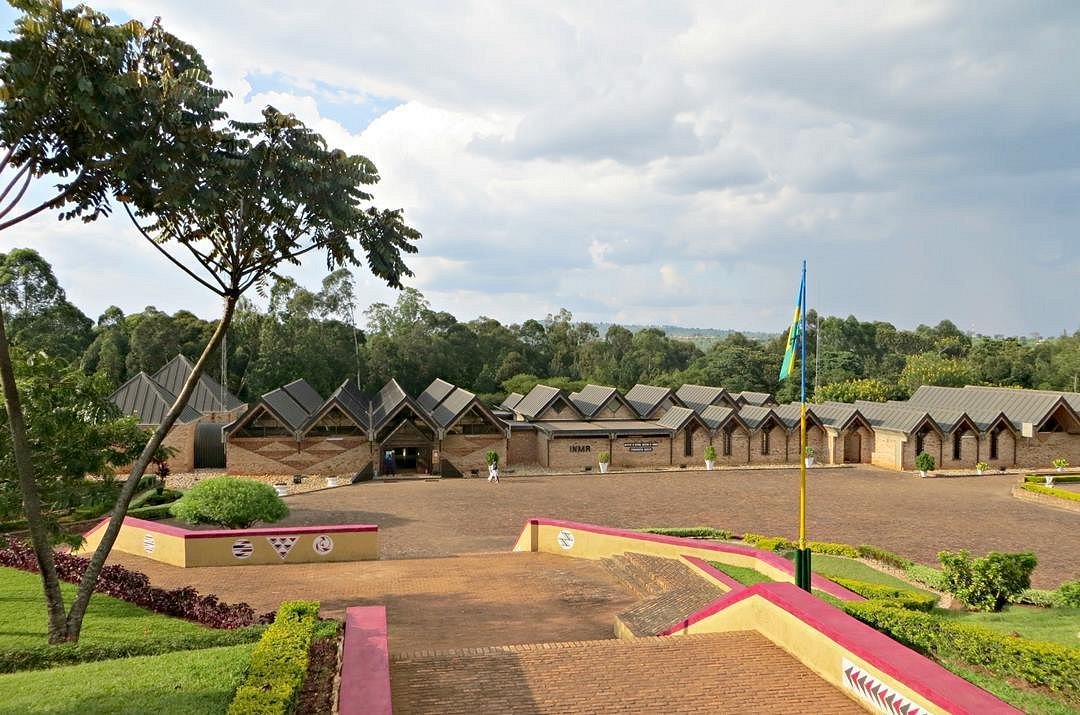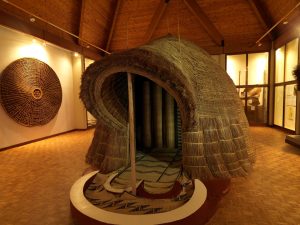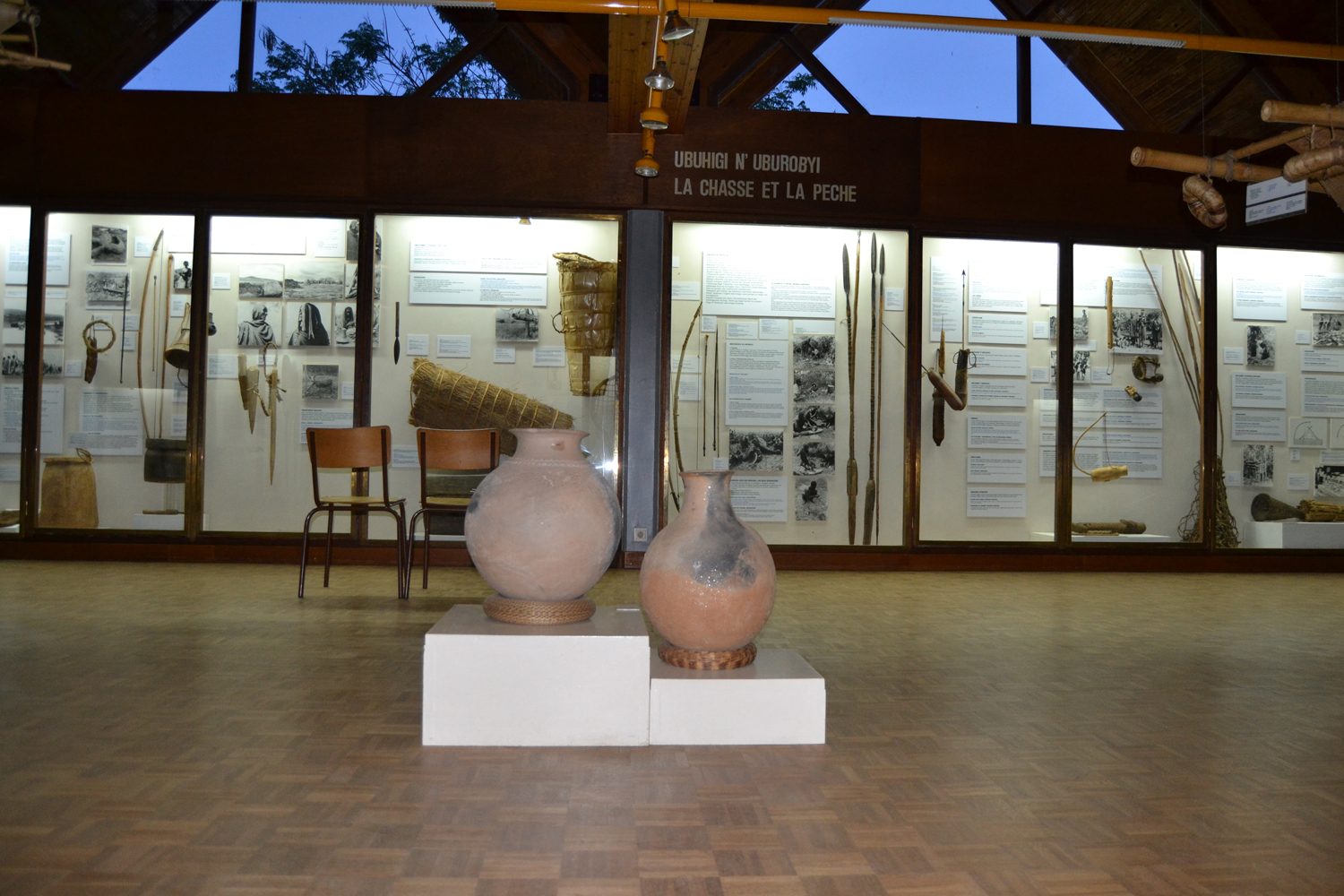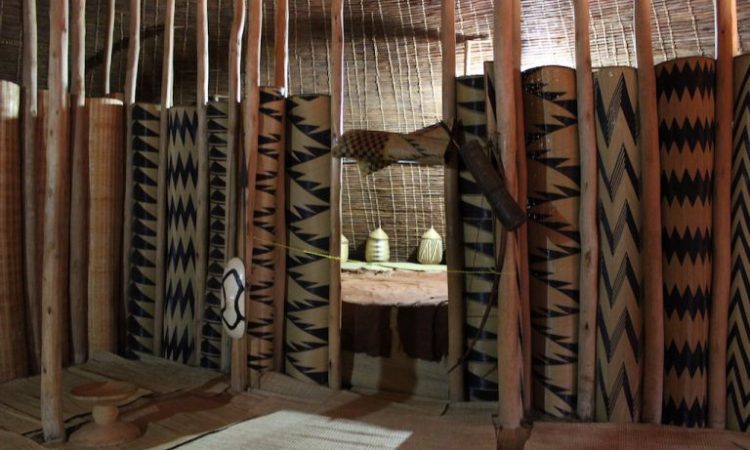Ethnographic Museum in Huye, Butare – Rwanda
The Ethnographic Museum in Huye, Butare, Rwanda, is a treasure trove of cultural heritage and history. Often referred to as the National Museum of Rwanda, this institution stands as a beacon of the country’s rich traditions, art, and way of life. This article delves into the depths of what makes the Ethnographic Museum a must-visit destination, exploring its history, exhibits, and the profound impact it has on preserving Rwandan culture.

A Brief History of the Ethnographic Museum
Origins and Establishment

The Ethnographic Museum was established in 1989 with the support of the Belgian government. Located in Huye, formerly known as Butare, it was inaugurated to celebrate Rwanda’s cultural diversity and heritage. This museum has since become one of the most important cultural institutions in Rwanda, attracting both locals and tourists alike.
Architectural Marvel
The museum’s architecture is an attraction in itself. Designed with a blend of modern and traditional Rwandan styles, the structure reflects the country’s architectural evolution. Its spacious layout and well-thought-out design make it a pleasant and educational experience for visitors.
Exploring the Exhibits
Traditional Handicrafts
One of the most captivating sections of the Ethnographic Museum is its display of traditional Rwandan handicrafts. Visitors can admire a variety of items, including intricately woven baskets, pottery, and textiles. These artifacts not only showcase the artistic skills of Rwandan artisans but also highlight the cultural significance of these crafts in everyday life.
Musical Instruments
The museum houses an impressive collection of traditional musical instruments, each with its own unique story. From the Inanga (a traditional string instrument) to the Umuduri (a type of bow instrument), these exhibits offer a glimpse into the rich musical heritage of Rwanda. Visitors can even listen to recordings of traditional Rwandan music, bringing the exhibits to life.
Historical Artifacts
The historical artifacts on display provide a fascinating look into Rwanda’s past. These include items used in ancient ceremonies, tools for hunting and farming, and traditional clothing. Each artifact tells a story of the people who once used them, offering a tangible connection to the past.

The Importance of Oral Traditions
Storytelling and Culture
Oral traditions play a crucial role in preserving Rwandan culture, and the Ethnographic Museum places significant emphasis on this aspect. Through storytelling sessions, visitors can learn about the legends, myths, and historical events that have shaped Rwanda. These stories, passed down through generations, are an essential part of the country’s cultural fabric.
Griots: The Keepers of History
In Rwanda, griots (traditional storytellers) are revered for their ability to keep history alive through oral narration. The museum often invites griots to share their tales, providing visitors with an immersive cultural experience. This tradition underscores the importance of oral history in understanding and preserving Rwanda’s heritage.

Art and Sculpture
Traditional Rwandan Art
The art gallery within the Ethnographic Museum showcases a wide range of traditional Rwandan art. From paintings to sculptures, these pieces reflect the creativity and skill of Rwandan artists. The themes often revolve around daily life, nature, and spiritual beliefs, offering insight into the Rwandan worldview.
Contemporary Art
In addition to traditional art, the museum also features contemporary artworks by Rwandan artists. These pieces highlight the evolution of Rwandan art and its adaptation to modern influences. The blend of old and new creates a dynamic and thought-provoking gallery.
The Role of the Museum in Education
Educational Programs
The Ethnographic Museum is not just a place for displaying artifacts; it is also a hub for education. The museum offers educational programs for schools and universities, aiming to teach young Rwandans about their cultural heritage. These programs include guided tours, workshops, and interactive sessions, making learning about history and culture engaging and accessible.
Research and Preservation
As a center for research and preservation, the museum plays a vital role in documenting and safeguarding Rwanda’s cultural history. Researchers and historians frequently use the museum’s resources to study various aspects of Rwandan culture, ensuring that this knowledge is preserved for future generations.
Interactive Experiences
Hands-On Activities
To make the museum experience more engaging, the Ethnographic Museum offers a range of hands-on activities. Visitors can participate in traditional crafting workshops, where they learn techniques for weaving baskets or making pottery. These activities provide a deeper appreciation for the skills and craftsmanship involved in creating these traditional items.
Live Performances
The museum frequently hosts live performances of traditional dance and music. These performances are a vibrant display of Rwandan culture, showcasing the energy and passion of the performers. Visitors are often invited to join in, making it an interactive and memorable experience.
Visiting the Ethnographic Museum
Practical Information
The Ethnographic Museum is located in Huye, a city easily accessible from Kigali, the capital of Rwanda. Visitors can reach the museum by car or public transport. The museum is open daily, and guided tours are available in several languages, making it accessible to international tourists.
Tips for Visitors
To make the most of your visit to the Ethnographic Museum, consider the following tips:
- Plan Ahead: Check the museum’s website for information on current exhibits and special events.
- Take a Guided Tour: Guided tours provide valuable insights and enhance the overall experience.
- Allow Plenty of Time: With so much to see, it’s best to allocate several hours for your visit.
- Bring a Camera: Photography is allowed in most areas, so capture the beauty of the exhibits.
The Ethnographic Museum in Huye, Butare, Rwanda is a cornerstone of cultural preservation and education. Its rich collections of artifacts, art, and historical items offer a deep insight into the country’s heritage. By visiting this museum, you not only learn about Rwanda’s past but also contribute to the ongoing effort to preserve and celebrate its cultural identity. Whether you’re a history buff, an art lover, or simply curious about Rwandan culture, the Ethnographic Museum promises an enriching and unforgettable experience.
